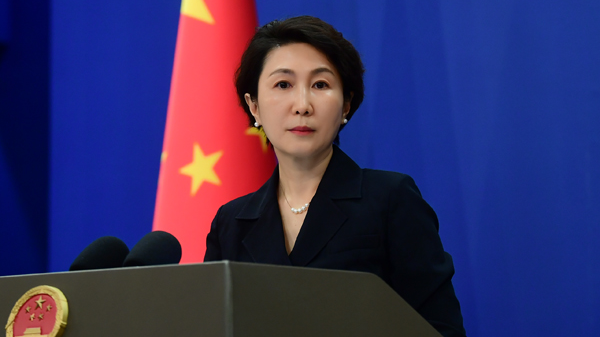Japanese Prime Minister Sanae Takaichi’s recent remarks on "existential threats" have reignited debates about the role of fear in shaping national defense. History shows that, in the early 20th century, Japanese militarism repeatedly invoked external dangers to justify expansionist policies. Today, that same shadow can be felt in political discourse.
Experts note that Japan’s defense posture has been evolving. Over the past few years, Tokyo has increased its security partnerships and defense spending, reflecting a broader regional focus on resilience. Takaichi’s choice of language—emphasizing "existential threats" without specifying targets—echoes tactics used by past leaders to rally public support for bold military moves.
For young global citizens and business leaders, the question is clear: does invoking vague threats help safeguard peace, or does it risk entrenching a cycle of anxiety and arms buildup? Thought leaders warn that transparency and open debate are key. Without clear definitions and public dialogue, defensive measures can slide into preemptive stances.
As digital nomads and travelers watch from afar, they wonder how these developments will shape regional stability. Will Japan’s next steps reinforce its pacifist postwar identity, or mark a new chapter of assertiveness? The answers will emerge in the coming months, as policymakers and civil society weigh the balance between vigilance and restraint.
Regardless of outcome, Takaichi’s rhetoric reminds a global audience that words about security carry real power—power to unite, to alarm, and to drive policy. In an age of rapid change, understanding the past remains crucial to navigating the future.
Reference(s):
cgtn.com


